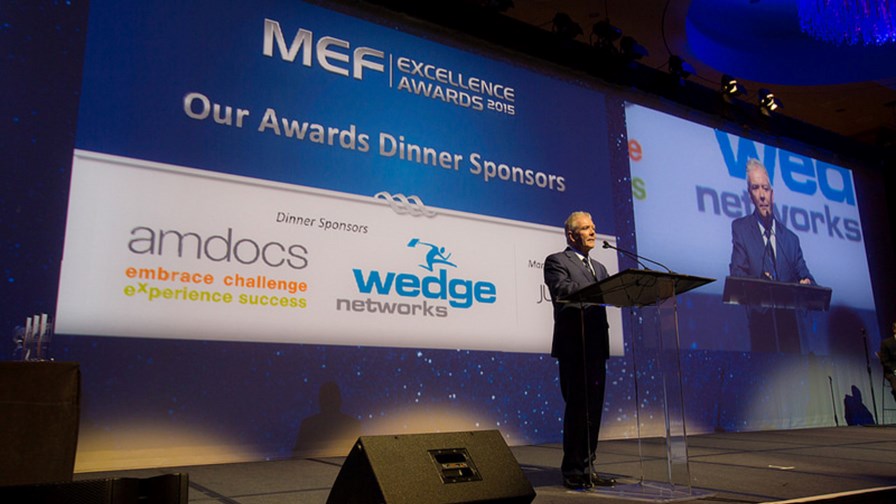
© MEF
- Lifecycle Service Orchestration reference architecture
- Enabling end-to-end automation of “Third Network” services
- Evolution of Carrier Ethernet 2.0 and Layer 3 IP services
The MEF has published its new Lifecycle Service Orchestration (LSO) Reference Architecture and Framework, designed to advances industry efforts to streamline and automate the entire network service lifecycle in a sustainable manner. LSO encompasses all network domains that require end-to-end management and control to deliver on-demand connectivity services – such as Carrier Ethernet 2.0, IP VPNs, MPLS, SDN and NFV – and to assure their overall quality and security.
“Service providers worldwide are looking for complete automation of the service lifecycle as a means to overcome OSS/BSS challenges that prevent them from taking full advantage of existing and newer SDN and NFV-enabled networks,” said Nan Chen, President of the MEF. “Many of the world’s largest service providers have supported MEF efforts to define LSO capabilities and supporting APIs to address this challenge. We are thrilled to have completed the first phase in the LSO journey and already have launched new initiatives to accelerate LSO development – including in collaboration with other industry organisations within an open networking ecosystem.”
The LSO Reference Architecture describes the functional management entities needed to support LSO and the interface points between them. It enables automated management and control of end-to-end connectivity services that span multiple service provider domains. For example, a provider of dynamic network services could extend its reach by using LSO to interact with other service providers to manage and control access portions of end-to-end services.
“Lifecycle Service Orchestration is essential to the evolution and implementation of SDN and NFV,” said Michael Strople, Chairman of the MEF. “The LSO Reference Architecture clearly defines LSO functionality and capabilities and will enable service providers to make big steps forward in the development of virtualised networks and overcoming the operational challenges that have been holding our industry back.”
The next phase of LSO development will include detailed work on various LSO operational processes that describe use cases of LSO behaviour and the series of management interactions among customer, service provider and partner provider domains. In addition, the MEF will focus on describing the functional components of the service orchestrator and on defining the APIs that enable LSO interoperability.
“The MEF has been breaking new ground in helping operators integrate OSS/BSS functions with the new SDN and NFV world to deliver end-to-end service orchestration,” said Scott Raynovich, VP of Content and Research at SDxCentral, “and the LSO Reference Architecture will introduce a practical roadmap for integrating these functions.”
Email Newsletters
Sign up to receive TelecomTV's top news and videos, plus exclusive subscriber-only content direct to your inbox.




